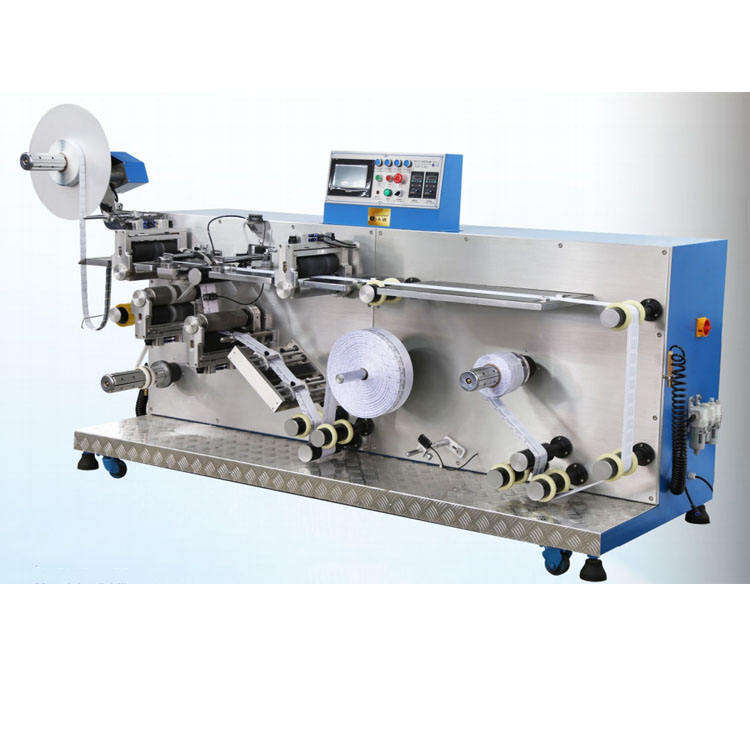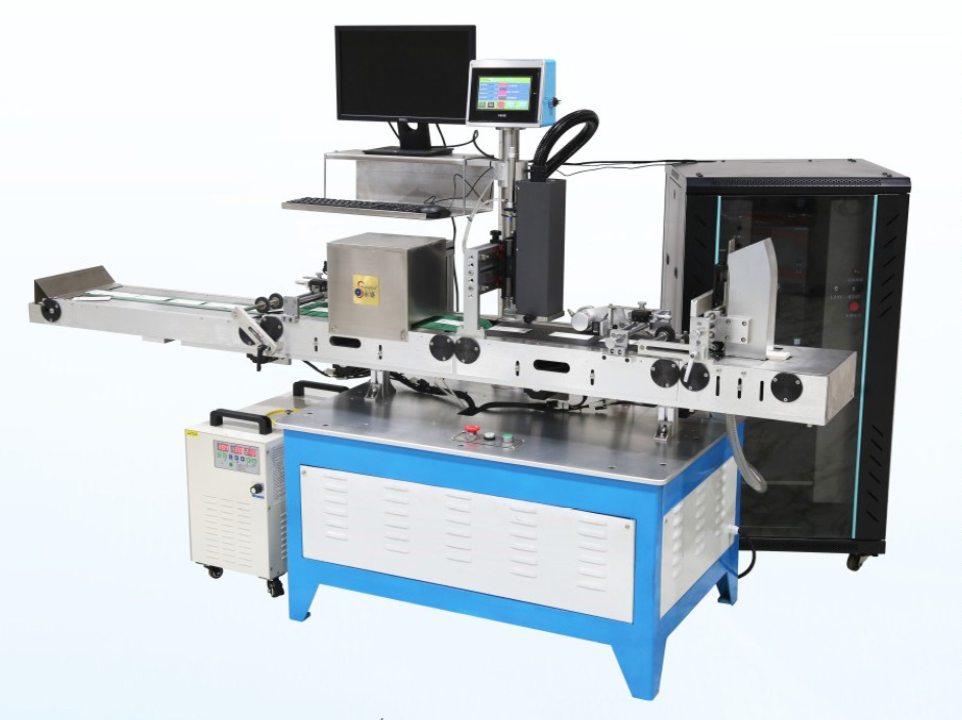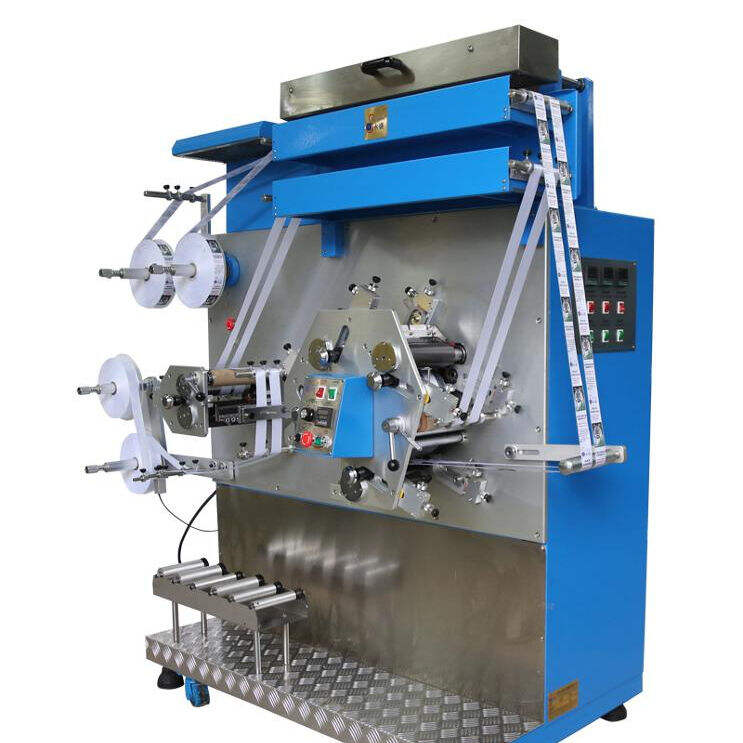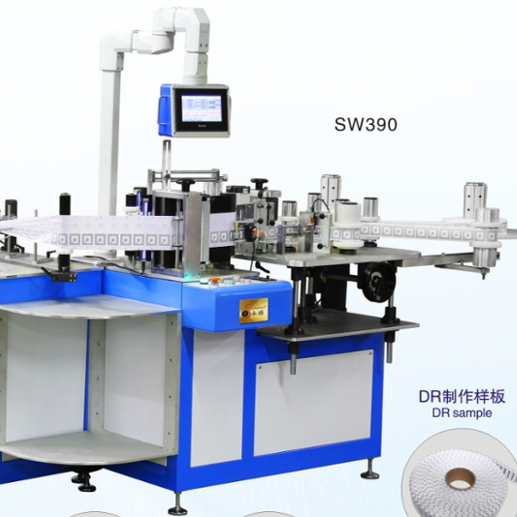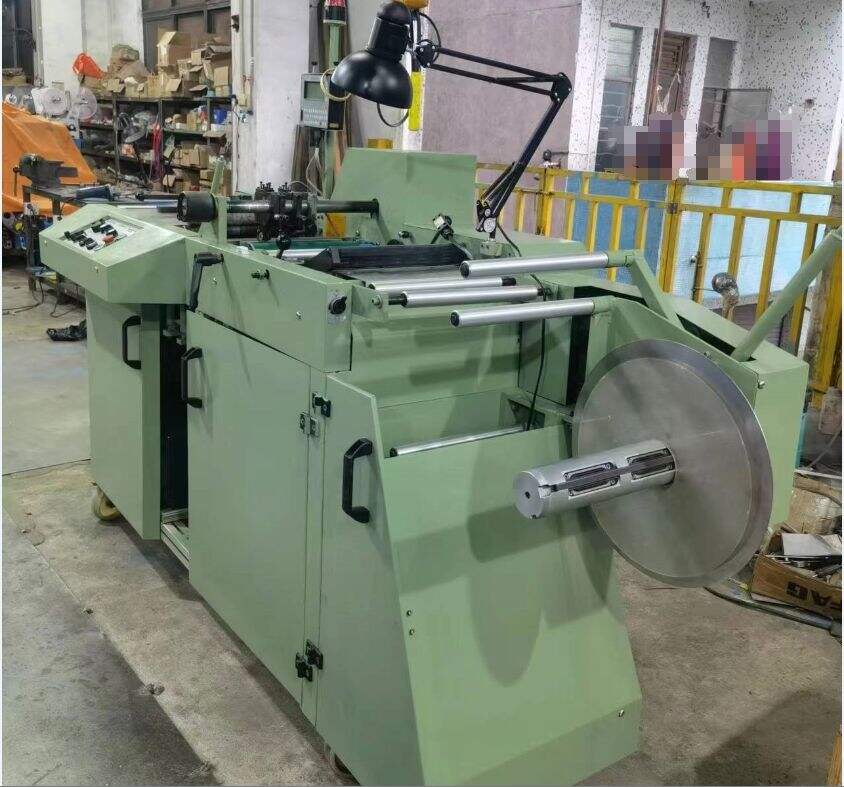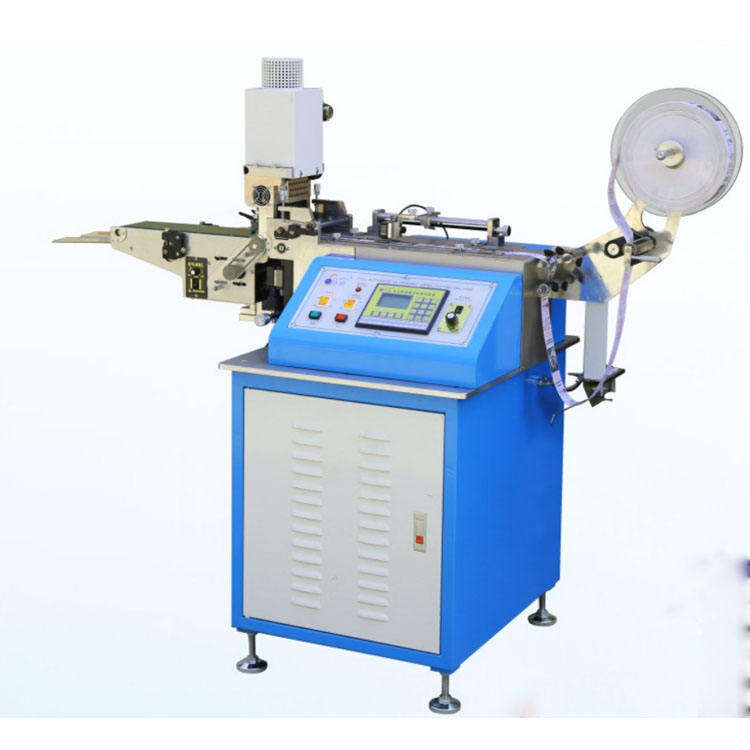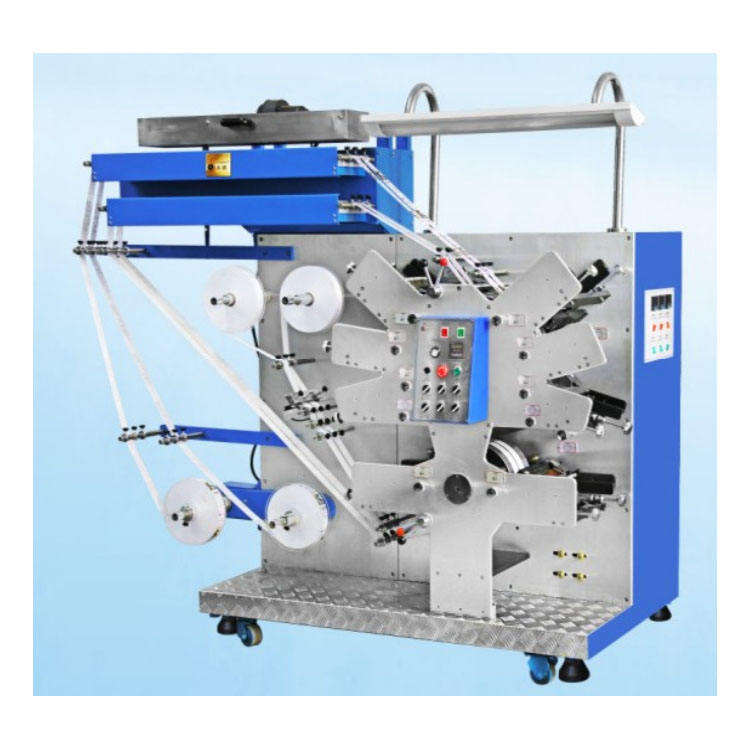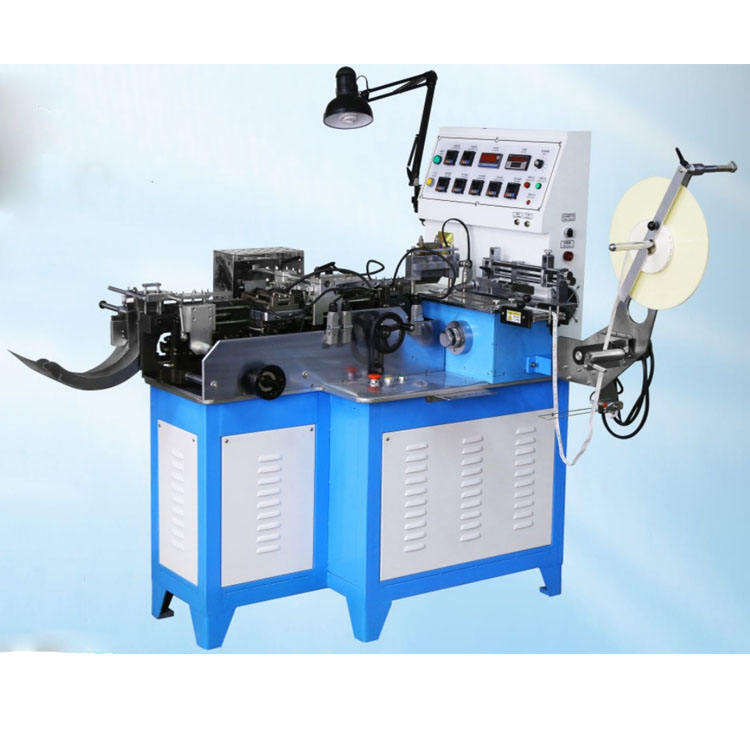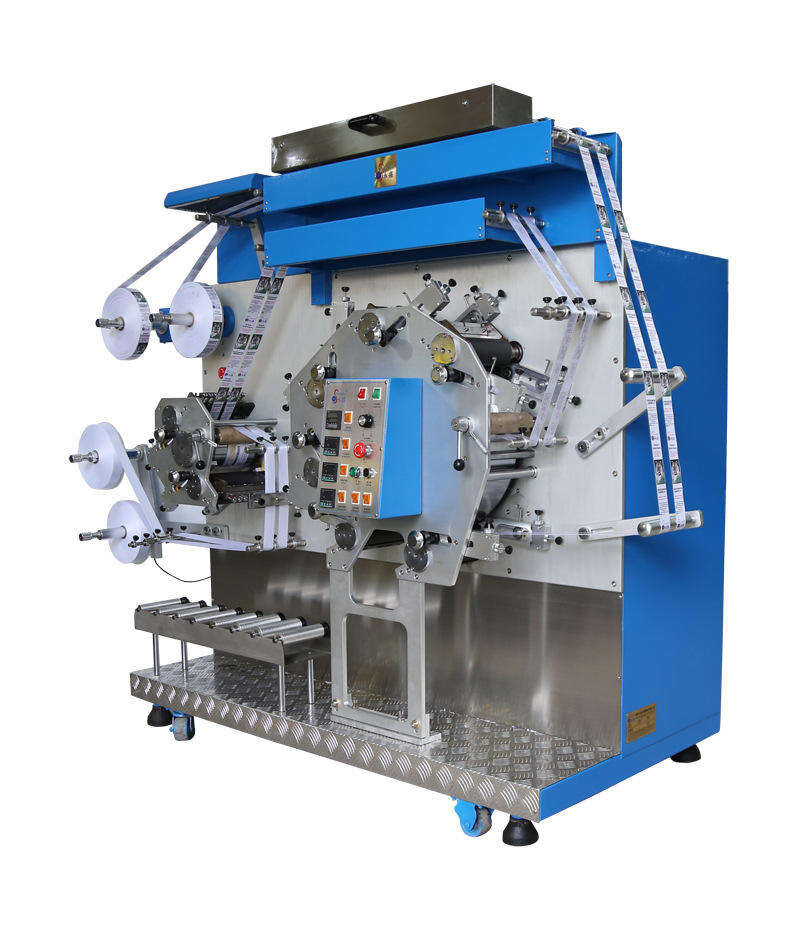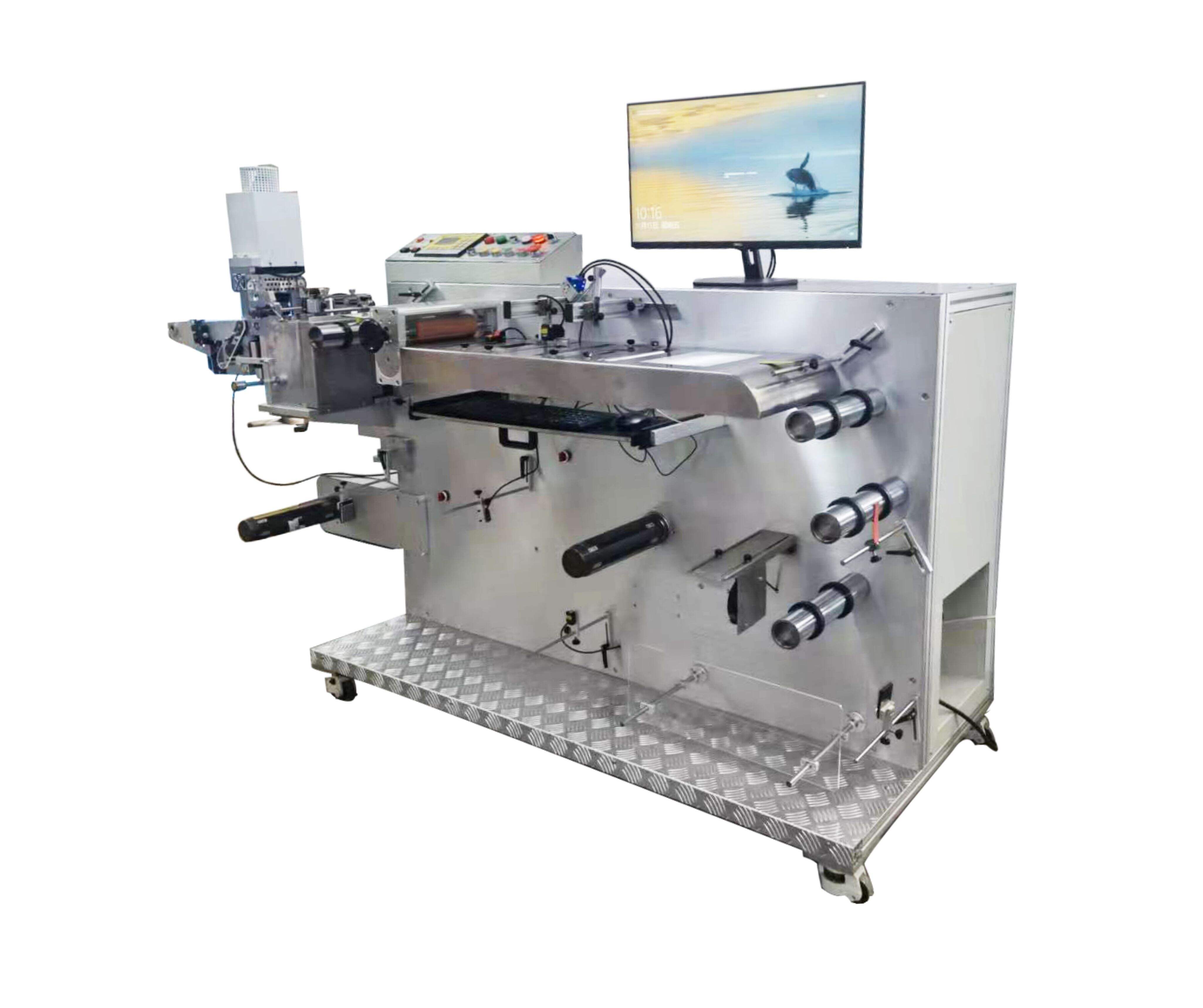How Does a Cut Fold Machine Improve Label Production Efficiency in the Apparel Industry?
Revolutionizing Label Manufacturing Through Automated Technology
The apparel industry has witnessed a significant transformation in recent years, particularly in label production processes. At the heart of this evolution lies the cut fold machine, an innovative piece of equipment that has redefined how manufacturers approach label creation and processing. These sophisticated machines have become indispensable tools in modern garment manufacturing, offering unprecedented levels of precision, speed, and consistency in label production.
Modern cut fold machines represent a quantum leap forward from traditional manual label cutting and folding methods. They combine advanced mechanical engineering with precise control systems to automate what was once a labor-intensive process. This automation not only accelerates production but also ensures exceptional quality standards that meet the demanding requirements of today's competitive apparel market.

Core Components and Functionality of Cut Fold Machines
Essential Mechanical Elements
The cutting mechanism in a cut fold machine utilizes high-precision blades that can make clean, accurate cuts through various label materials. These blades are typically made from hardened steel and are designed to maintain their edge through thousands of cutting cycles. The feeding system employs advanced sensors and rollers to ensure proper material alignment and consistent movement through the machine.
The folding components incorporate sophisticated pneumatic or mechanical systems that create precise folds according to predetermined specifications. These systems can handle multiple fold patterns and adjust to different label sizes without requiring extensive machine modifications.
Control Systems and Programming Interface
Modern cut fold machines feature intuitive control panels that allow operators to easily program and adjust various parameters. These include cutting length, fold patterns, production speed, and batch quantities. The integration of digital controls ensures consistent operation and enables quick changeovers between different label specifications.
Advanced models often include memory functions that can store multiple program settings, making it simple to switch between different label designs or customer requirements. This programmability significantly reduces setup time and minimizes the potential for operator error.
Production Efficiency Improvements
Speed and Output Optimization
A cut fold machine can process hundreds of labels per minute, dramatically outpacing manual operations. This high-speed capability translates into significantly increased daily production volumes, allowing manufacturers to meet tight deadlines and handle larger orders efficiently. The consistent operation of these machines means they can run continuously for extended periods, maximizing productivity during each shift.
The automation provided by cut fold machines also reduces the need for multiple handling steps, streamlining the entire production process. This efficiency gain is particularly notable in high-volume operations where even small time savings per label can accumulate into substantial productivity improvements.
Quality Control and Waste Reduction
The precision engineering of cut fold machines ensures exceptional accuracy in both cutting and folding operations. This consistency leads to fewer rejected labels and reduced material waste. The automated nature of the process eliminates variations that can occur with manual handling, resulting in uniformly high-quality output.
Modern machines often incorporate quality control features such as sensors that detect material defects or misalignment, automatically stopping production before waste occurs. This proactive approach to quality management helps maintain high standards while minimizing material losses.
Cost Benefits and Return on Investment
Labor Cost Reduction
By automating the label production process, cut fold machines significantly reduce labor requirements. One machine can often replace several manual workers while maintaining higher production rates. This reduction in labor costs can lead to substantial savings over time, particularly in regions where labor costs are rising.
The simplified operation of modern cut fold machines means that less skilled operators can achieve professional results after minimal training. This reduces training costs and provides greater flexibility in workforce management.
Long-term Financial Benefits
While the initial investment in a cut fold machine may be significant, the long-term financial benefits often justify the expense. Reduced labor costs, improved material efficiency, and higher production capacity contribute to a favorable return on investment. Additionally, the durability and reliability of modern machines mean lower maintenance costs and extended service life.
The ability to handle rush orders and maintain consistent quality also helps manufacturers secure and retain valuable clients, contributing to long-term business stability and growth.
Future Trends and Technological Advancements
Integration with Industry 4.0
The latest cut fold machines are increasingly incorporating Industry 4.0 capabilities, including network connectivity and data collection features. These advanced systems can monitor production metrics in real-time, enabling better production planning and predictive maintenance. The ability to collect and analyze operational data helps manufacturers optimize their processes and identify areas for improvement.
Integration with manufacturing execution systems (MES) and enterprise resource planning (ERP) software is becoming more common, allowing for seamless production scheduling and inventory management.
Sustainable Manufacturing Features
Modern cut fold machines are being designed with environmental considerations in mind. Energy-efficient motors and systems help reduce power consumption, while precise material handling minimizes waste. Some manufacturers are developing machines capable of processing eco-friendly label materials, supporting the industry's move toward sustainable practices.
Advanced waste collection and recycling features are being incorporated into newer models, helping manufacturers meet environmental regulations and reduce their carbon footprint.
Frequently Asked Questions
What maintenance is required for a cut fold machine?
Regular maintenance typically includes blade sharpening or replacement, cleaning of feeding mechanisms, lubrication of moving parts, and calibration of sensors. Most manufacturers recommend daily cleaning and weekly comprehensive maintenance checks to ensure optimal performance.
How long does it take to train operators on a cut fold machine?
Basic operation can usually be learned in 1-2 days, while full proficiency, including programming and troubleshooting, typically requires 1-2 weeks of training. Modern machines with intuitive interfaces have significantly reduced the learning curve.
Can cut fold machines handle different types of label materials?
Most modern cut fold machines are designed to process a wide range of materials, including woven labels, printed fabric labels, care labels, and various synthetic materials. Adjustments for different materials can typically be made through the control panel settings.
What is the typical return on investment period for a cut fold machine?
Depending on production volume and operating conditions, most businesses see a return on investment within 12-24 months. High-volume operations may achieve ROI even sooner due to greater labor savings and production efficiency gains.
Recommended Products
Hot News
-
Reflect On The Cultural Significance Of The Printing Press In Preserving And Disseminating Knowledge
2023-12-08
-
The Role Of The Printing Press In The Global Economy
2023-12-08
-
Environmental Impact: Analyzing The Environmental Footprint Of The Printing Industry
2023-12-08
-
The Frontier Of Printing: 3d Printing And Its Industrial Renaissance
2023-12-08
-
The Evolution And Impact Of The Printing Press
2023-12-08
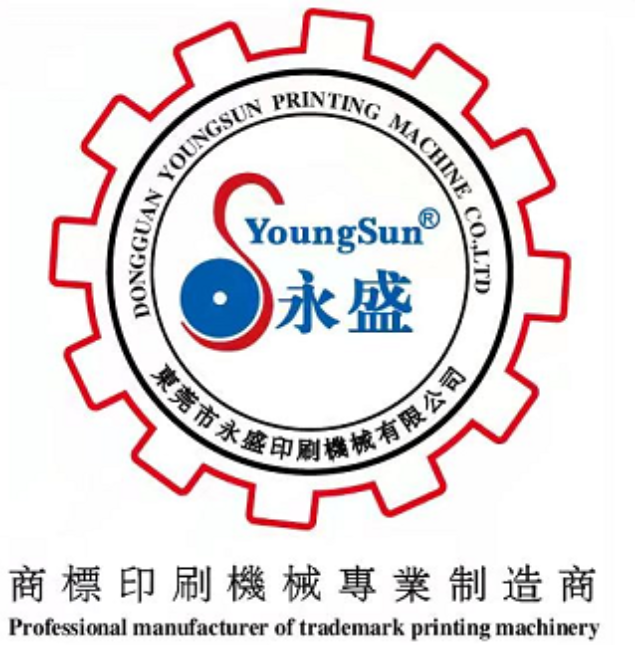
 EN
EN
 AR
AR
 CS
CS
 DA
DA
 NL
NL
 FI
FI
 FR
FR
 DE
DE
 EL
EL
 HI
HI
 IT
IT
 JA
JA
 KO
KO
 PL
PL
 PT
PT
 RO
RO
 RU
RU
 ES
ES
 SV
SV
 IW
IW
 ID
ID
 VI
VI
 SQ
SQ
 HU
HU
 MT
MT
 TH
TH
 TR
TR
 AF
AF
 GA
GA
 BN
BN
 BS
BS
 LO
LO
 LA
LA
 MI
MI
 MN
MN
 NE
NE
 MY
MY
 KK
KK
 UZ
UZ
 KY
KY
